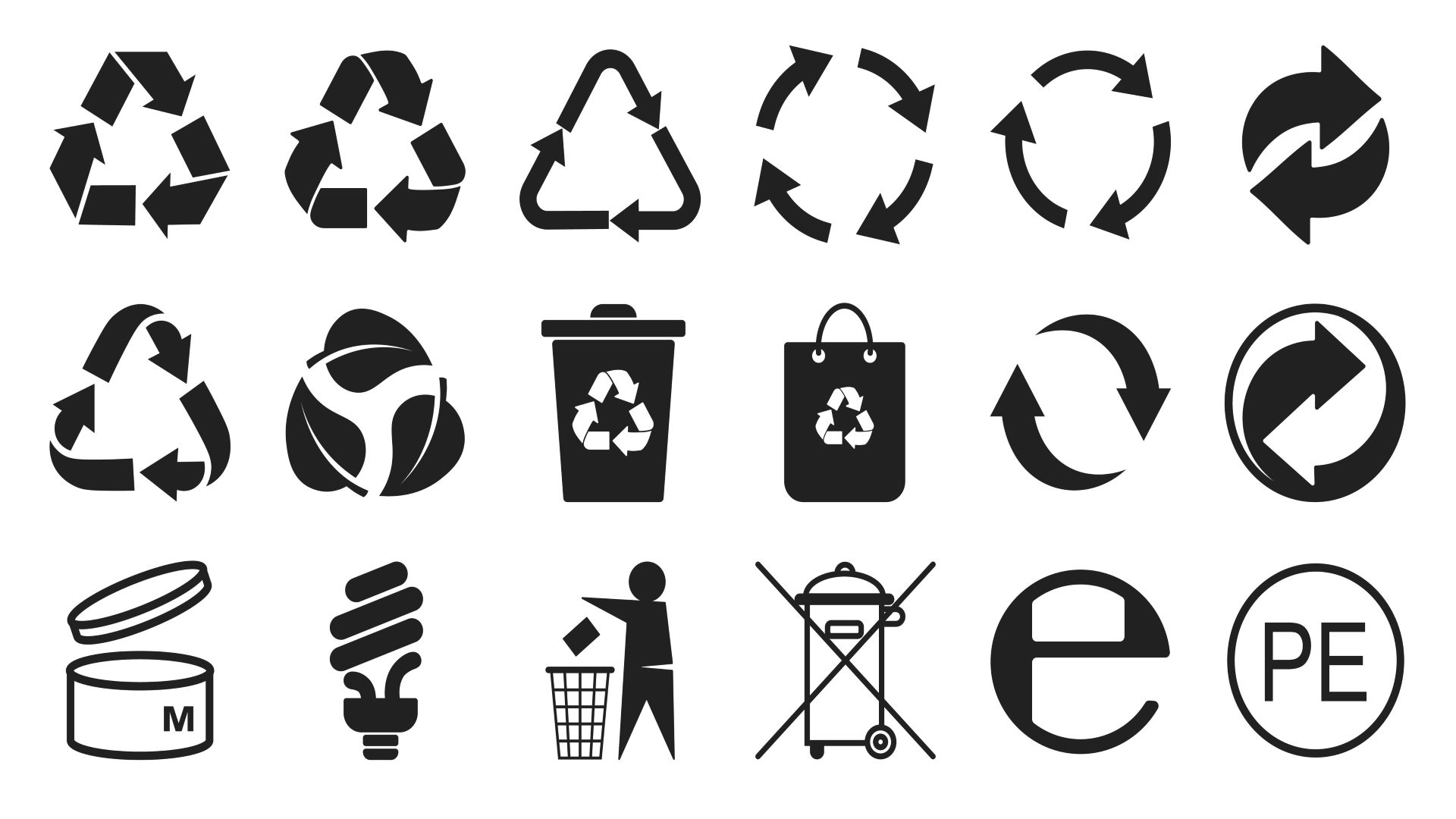Is it time for “a revolution” in packaging symbols?

by IBRAHIM
Is it time for “a revolution” in packaging symbols?
Recycling symbols used on packaging in the UK are unclear and inconsistent argues Butterfly Cannon’s innovation and sustainability manager Jenny Greenwood, who is looking to Denmark for inspiration.
It’s abundantly clear we’re facing a crisis of communication when it comes to recycling. Current systems leave consumers in the dark, trying to decipher incomprehensible combinations of words, pictures and colours. People simply don’t know what they can recycle or how to dispose of packaging appropriately.
In every county and region the rules change. There are different coloured bins to contend with, and while some recyclers take mixed waste, others can only take ceratain materials. Plus you might have to trek to specific supermarkets or retailers to recycle one type of packaging, if indeed you are one of the lucky ones to have this facility in your area.
Our instinct is to recycle but confusing labelling on packaging actively confounds that instinct. Combined with the multitude of materials, print techniques and finishes used on packs, it’s no wonder that recycling isn’t working. We know for example that consumers spend no more than 10 seconds examining on-pack labelling when purchasing, according to WRAP. Meanwhile Friends of the Earth finds that some 15 million tonnes of rubbish is going to landfill every year in the UK.
It’s clear we need a revolution in how to communicate the best way to dispose of packaging. One that acknowledges the above complexities, while remaining simple and instantly recognisable for the consumer.
perhaps what we need is a universal symbol. An icon that holds the potential to be instantly recognisable and communicate an action. After all, everyone understands what the symbols for Wi-Fi or public toilets are.
Currently, many symbols are in use. Looking at the commonly used ones below, how many do you think mean a piece of packaging is recyclable?
The answer is ONE – no.3. So if the symbol is not widely recognised or consumers are not educated on common meanings then it will simply be misinterpreted, as is sadly the case today.
Due to lack of public understanding around them, these are no longer trusted symbols when used by themselves. A symbol that consumers might think means their packaging can be easily recycled may be a material code, a manufacturing symbol, a government scheme or a material certification.
To borrow a quote from Friends of the Earth campaigner Emma Priestland: “The endless list of symbols that the packaging industry produces can look more like hieroglyphics than instructions. Most of us aren’t Egyptologists and we just want to do the right thing.”
In the interest of being as accurate as possible, it may seem like using words are the way forward. However, language is not globally consistent and there is also that issue of the 10-second consumer attention span. Not to mention the additional word clutter of promotional activity, brand storytelling and legal wording on pack.

Some NGOs seem to have cracked an on-pack labelling system that uses easily identifiable symbols in conjunction with simple wording to help identify what packaging components can be recycled. For example, OPRL in the UK & How to Recycle in the USA are common systems that work in their specific country or region. They are growing in popularity with businesses and gaining traction across more categories in their markets, making them increasingly commonplace and recognisable to consumers.
However, while these are a step in the right direction they are not without their issues: you normally have to pay to be a member to use these forms of identification; they are not global, they are country-specific; and they are only for on-pack labelling and do not tie into general waste disposal systems.

A system that goes much further than both of these is The Harmonised Waste Symbols System, used in the Nordics, which is: open source; available for anyone; colour co-ordinated; and used for on and off pack labelling
The beauty of this system is the consistency of its symbols, which are present on pack, on the recycling bins at home or in public spaces. Initially introduced by Denmark in 2017, it is now also used by Sweden and Norway. Iceland and Finland will be next, with more EU member states planning to join in the near future.
The scheme needs State-supported infrastructure to work though. Currently we advise our clients to use a body like OPRL(UK) or How to Recycle (USA). And if these are not available in their own markets, use the following checklist and include: a symbol; a 1-5 word explanation of pack material(s); and colour coordination for navigation across multiple SKUs.
However, it’s our view that the Harmonised Waste Symbols System needs to become the global standard in order to ensure that on-pack recycling messaging is clear, easy to action and recognisable within 10 seconds of viewing the pack.
Shutterstock image by Prozaika119
Recommended Posts

NB invites local designers centre stage for Vineyard Theatre rebrand
February 24, 2023

“AI revolution” will change way design studios look within three years
February 24, 2023

Rbl rebrands ZSL with ecosystem-inspired identity
February 23, 2023

